Discovering the world of rare domestic animals opens a window into unique breeds that are often overlooked but incredibly valuable. These rare breeds, ranging from distinctive cattle and pigs to exotic pets like the Capybara and Fennec Fox, offer a glimpse into the diversity and richness of animal genetics. Each breed has its own story, characterized by unique features, historical significance, and the dedicated conservation efforts that help preserve them. In this article, we explore the top 16 rare breeds of domestic animals, highlighting their special traits and the importance of their preservation.
Irish Moiled Cattle
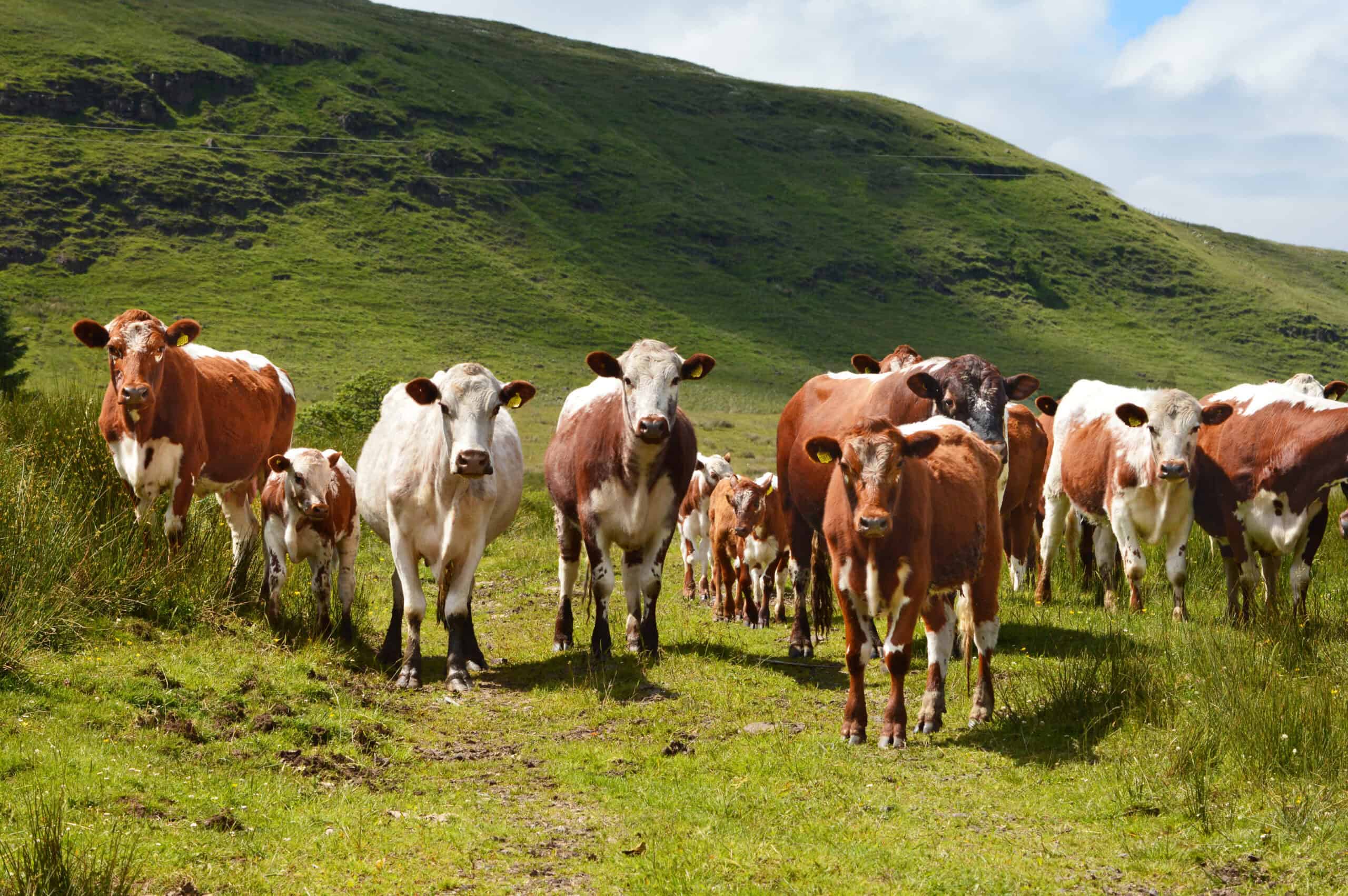
The Irish Moiled Cattle, originally from Ireland, is an exceptionally rare and distinctive breed. Its unique coloration, a striking red or roan coat with white patches, makes it easily recognizable. These cattle are known for their adaptability to harsh climates, growing a thicker coat during the winter, which allows them to thrive outdoors even in the coldest weather. The breed faced a significant decline, and by 1984, the Croxteth herd was the only one on mainland Britain. Today, thanks to extensive conservation efforts, this herd has become one of the largest on the mainland. The Irish Moiled Cattle’s historical significance, resilience, and unique appearance contribute to its rarity and the continuous need for its preservation.
Gloucester Cattle
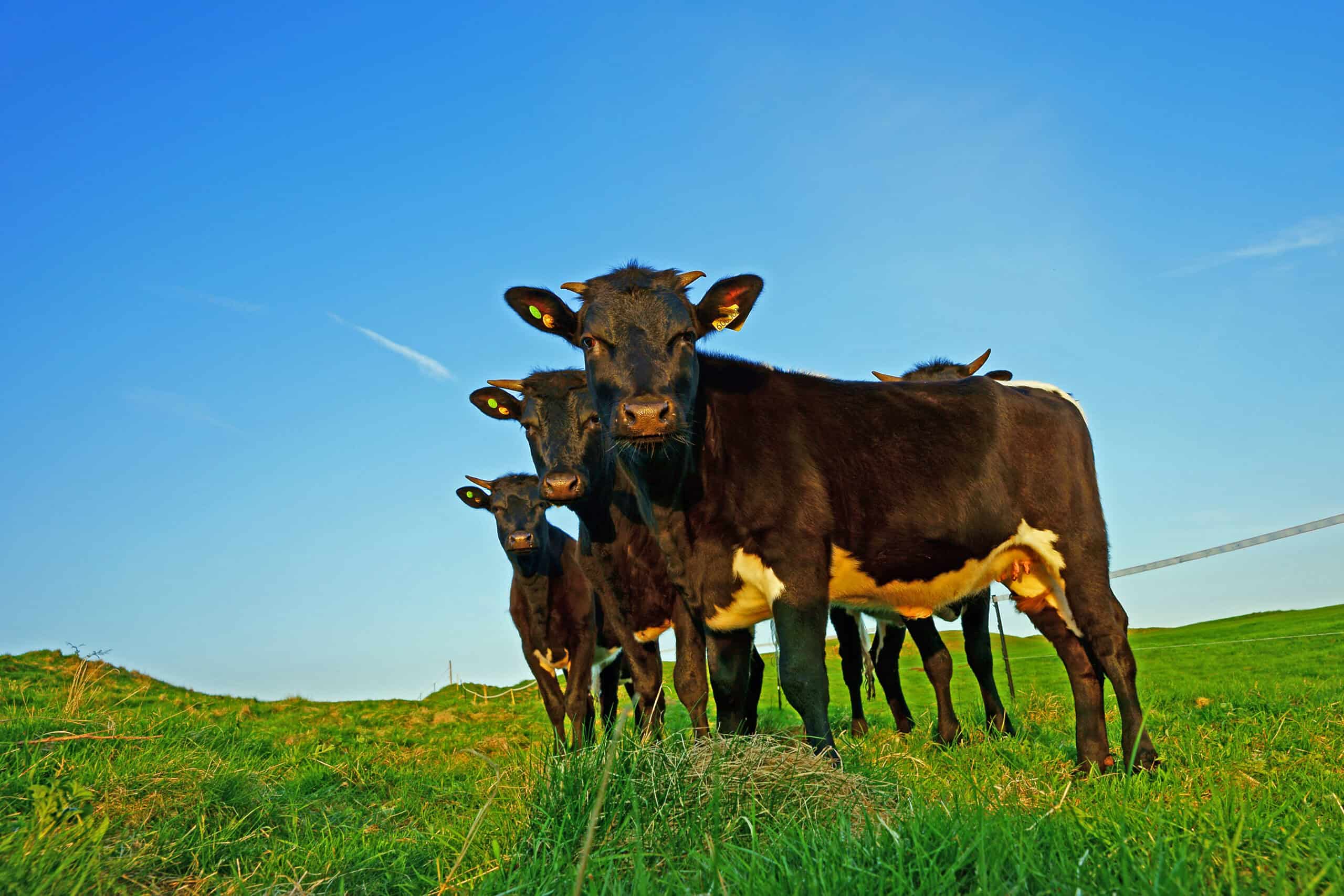
Gloucester Cattle are a dual-purpose breed, valued for both their milk and beef production. These cattle are distinguished by their dark brown or black coats with a characteristic white stripe running down their backs. Despite their versatility and historical importance in British agriculture, Gloucester Cattle have seen a dramatic decline in population, leading to their classification as a priority rare breed. Conservation efforts focus on maintaining their genetic diversity and promoting their use in sustainable farming. The breed’s unique qualities, including high-quality milk and excellent beef, make it a significant and rare breed that requires ongoing preservation.
Middle White Pig
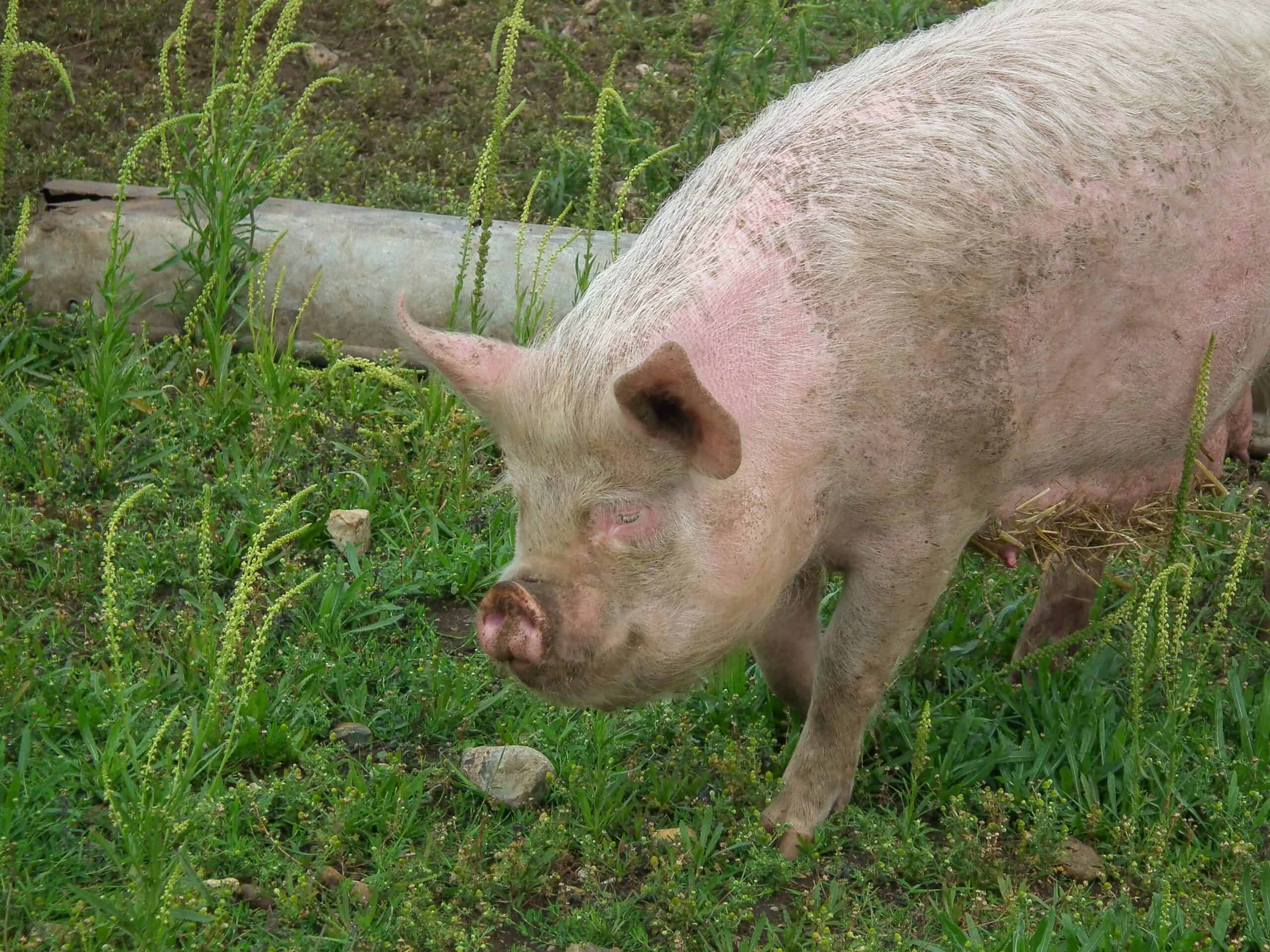
The Middle White Pig, easily identifiable by its distinctive upturned snout, is a priority rare breed known for producing high-quality pork, particularly sausages and bacon. Historically, these pigs were highly valued in British agriculture. However, their numbers have dwindled significantly, making them a priority for conservation. Middle White pigs are known for their friendly temperament and adaptability to various farming environments, including both indoor and outdoor settings. Conservation programs aim to protect their genetic traits and promote their unique meat qualities, ensuring that this rare breed continues to be a valuable resource in agriculture.
Bagot Goat
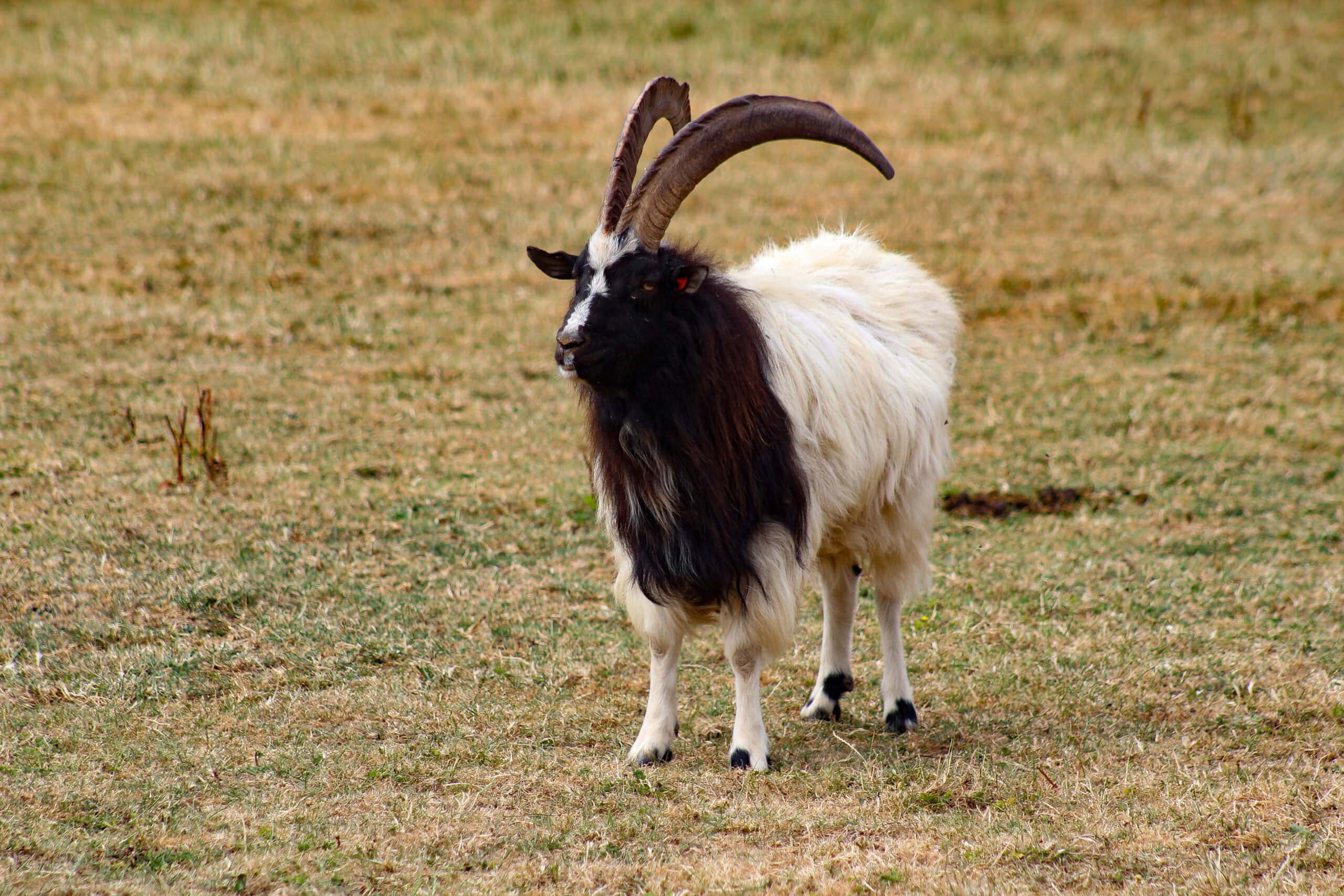
The Bagot Goat is one of the oldest British goat breeds, with a history dating back to the early 14th century. Known for their striking black and white coats, these goats are hardy and well-suited to rough grazing environments. Despite their resilience, the population of Bagot goats has declined significantly, leading to their classification as at risk. Conservation efforts focus on maintaining their genetic purity and promoting their unique characteristics, such as their adaptability to various climates and their historical significance. The Bagot Goat’s distinctive appearance and ancient heritage make it an essential breed for preservation.
North Ronaldsay Sheep
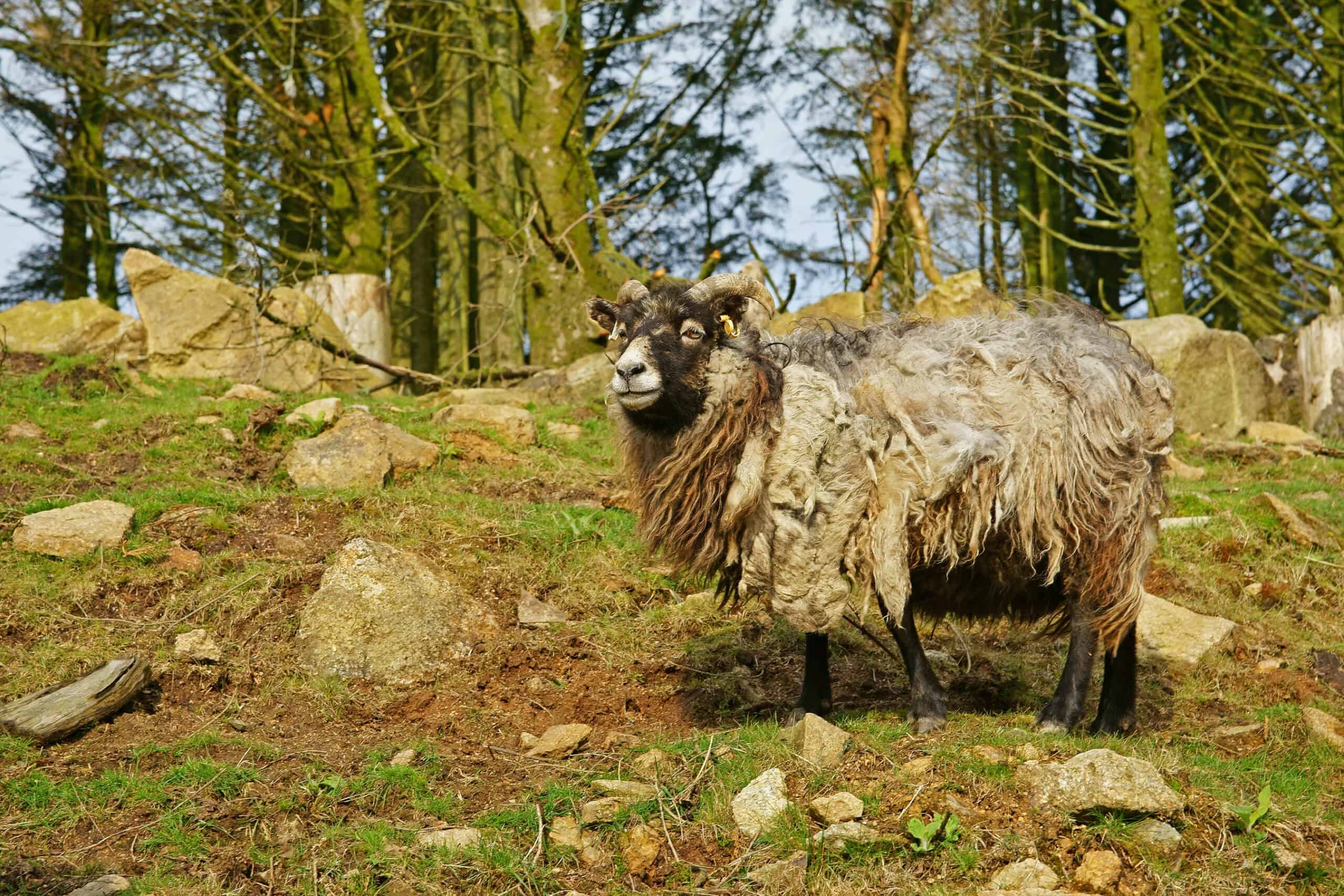
Native to the Orkney Islands in Scotland, the North Ronaldsay Sheep is a unique breed adapted to grazing on seaweed. This rare dietary habit is a result of their harsh coastal environment. North Ronaldsay Sheep have a dense, weather-resistant fleece and are known for their excellent foraging abilities. Their population remains low, and they are critical to the island’s ecosystem and cultural heritage. Conservation efforts aim to protect their unique dietary habits and promote their adaptability to harsh environments. The North Ronaldsay Sheep’s distinctive characteristics and ecological importance make them a fascinating and rare breed deserving of conservation.
British Landrace Pig
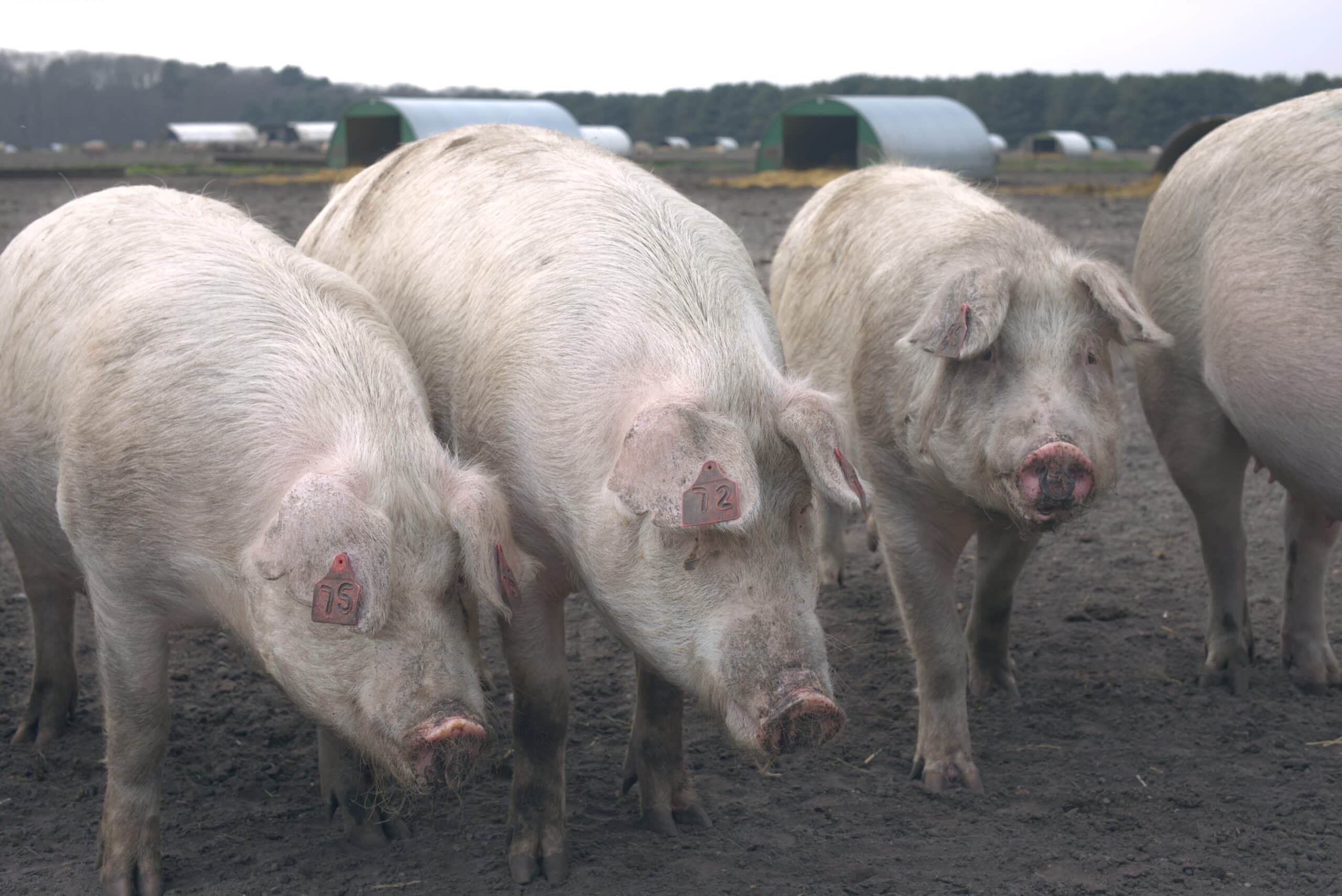
The British Landrace Pig is a priority rare breed known for its large white body and heavy drooping ears. These pigs are highly versatile, thriving in both indoor and outdoor environments. They are valued for their prolific breeding capabilities, with sows known for producing large litters and having excellent mothering skills. The breed’s adaptability and high-quality meat make it a significant focus of conservation efforts. Protecting the British Landrace Pig ensures the preservation of its unique genetic traits and its continued contribution to sustainable farming practices.
Oxford Sandy and Black Pig
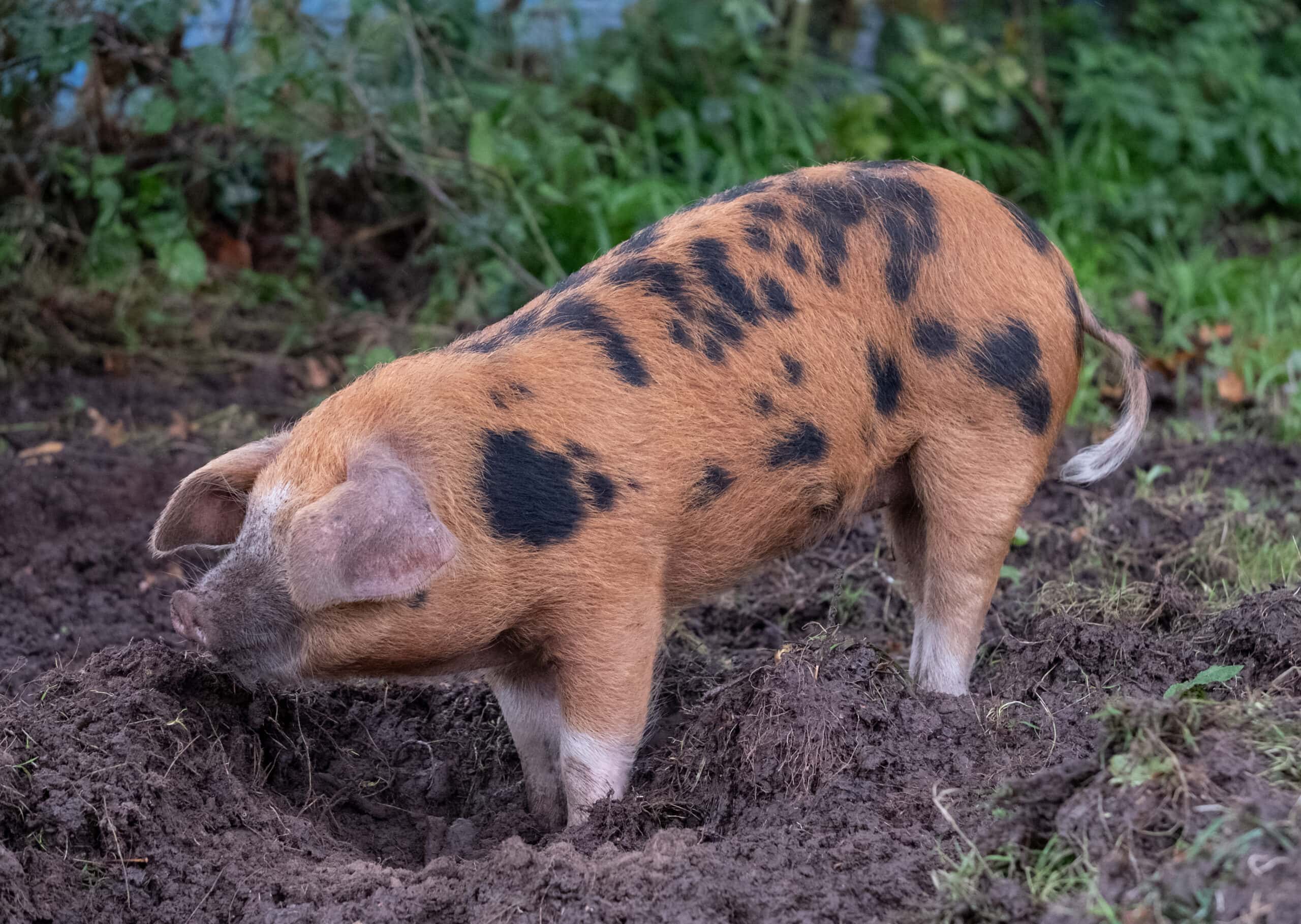
Once on the brink of extinction, the Oxford Sandy and Black Pig has experienced a resurgence due to dedicated conservation efforts. These pigs are recognizable by their sandy-colored coats with black patches. They are known for their excellent temperament, mothering abilities, and high-quality meat. The breed has become popular among small-scale farmers and first-time pig keepers due to their manageable size and friendly nature. Conservation programs focus on increasing their population and promoting their unique qualities. The Oxford Sandy and Black Pig’s remarkable comeback and distinctive traits make them a valuable breed for preservation.
Golden Guernsey Goat
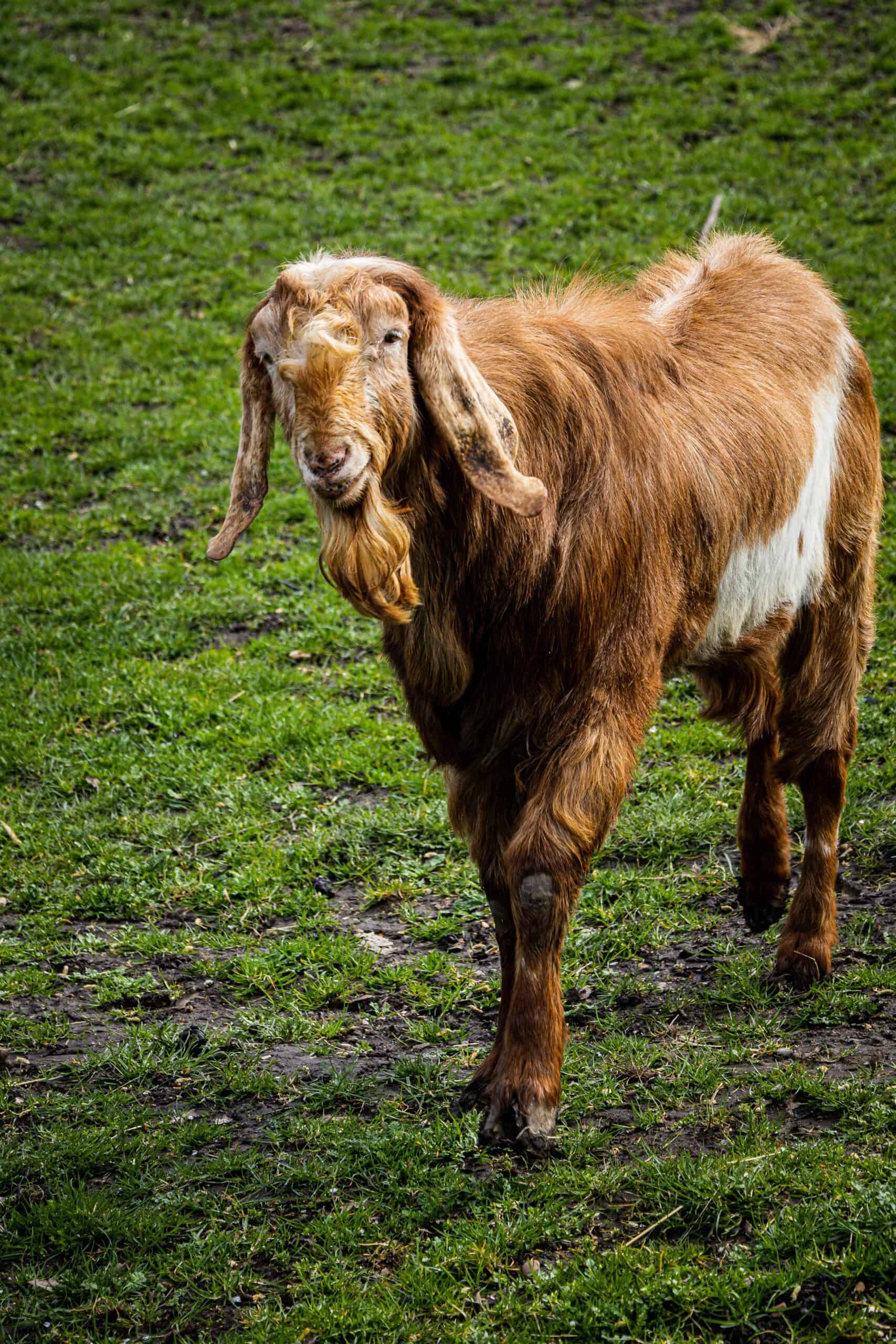
The Golden Guernsey Goat, a rare dairy breed from the Channel Islands, has been known for over 200 years. These goats are celebrated for their high milk production, which has a rich, creamy texture ideal for making cheese and other dairy products. They are distinguished by their golden coats, ranging from pale blonde to deep bronze. Conservation efforts aim to maintain their genetic diversity and promote their unique dairy qualities. The Golden Guernsey Goat’s historical significance and exceptional milk production make it a valuable breed for preservation. Their gentle nature and striking appearance add to their appeal and rarity.
Shire Horse
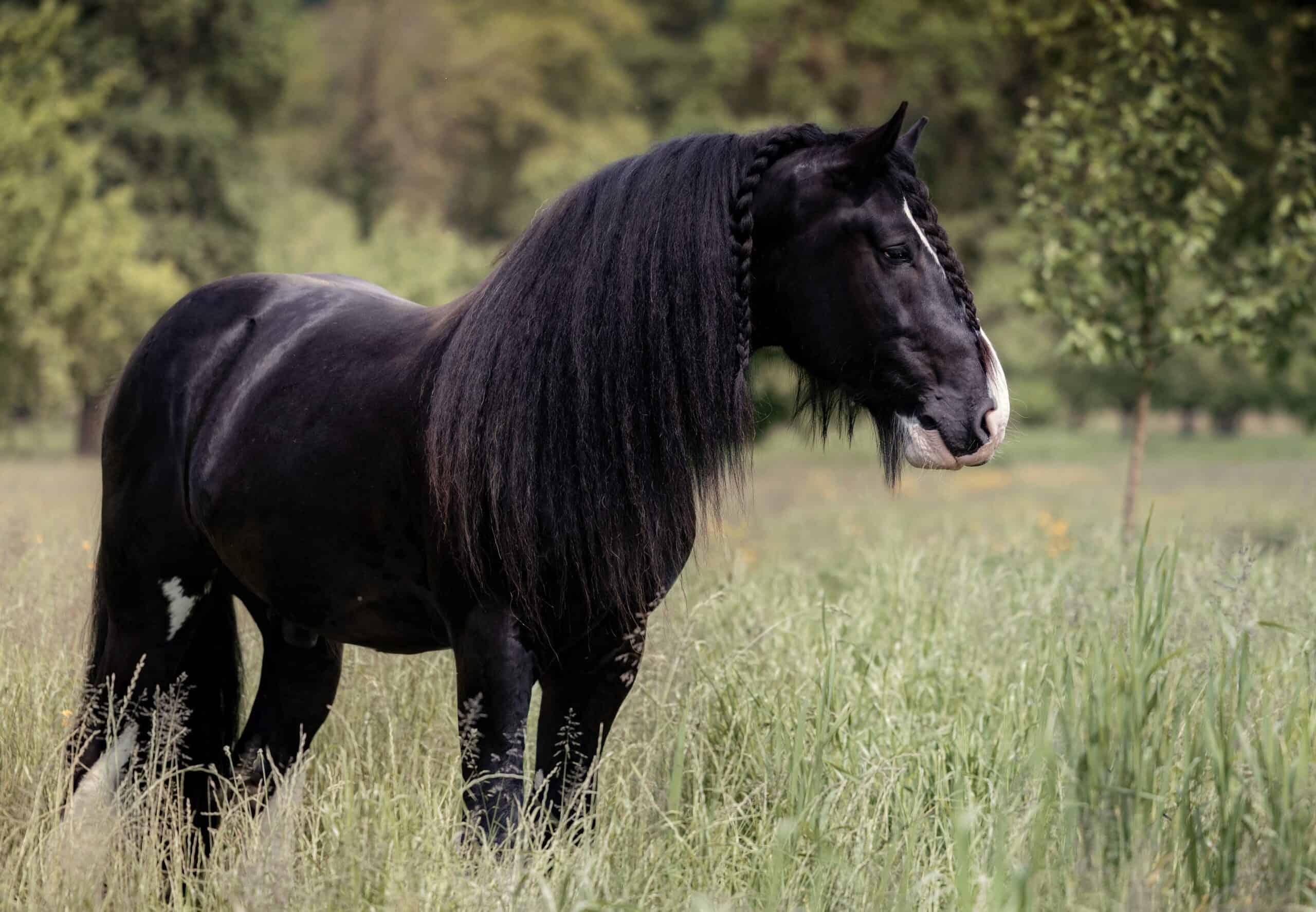
The Shire Horse, one of the largest horse breeds, is classified as at risk. Known for their immense strength and gentle temperament, Shire horses were historically used for heavy draft work, including agriculture and transportation. Their population has declined due to mechanization and changes in farming practices. Conservation programs focus on increasing their numbers and promoting their use in sustainable farming and historical reenactments. The Shire Horse’s impressive size, strength, and historical importance make it a rare and valuable breed worth protecting. Their docile nature and versatility also contribute to their continued appreciation and conservation.
Shetland Pony
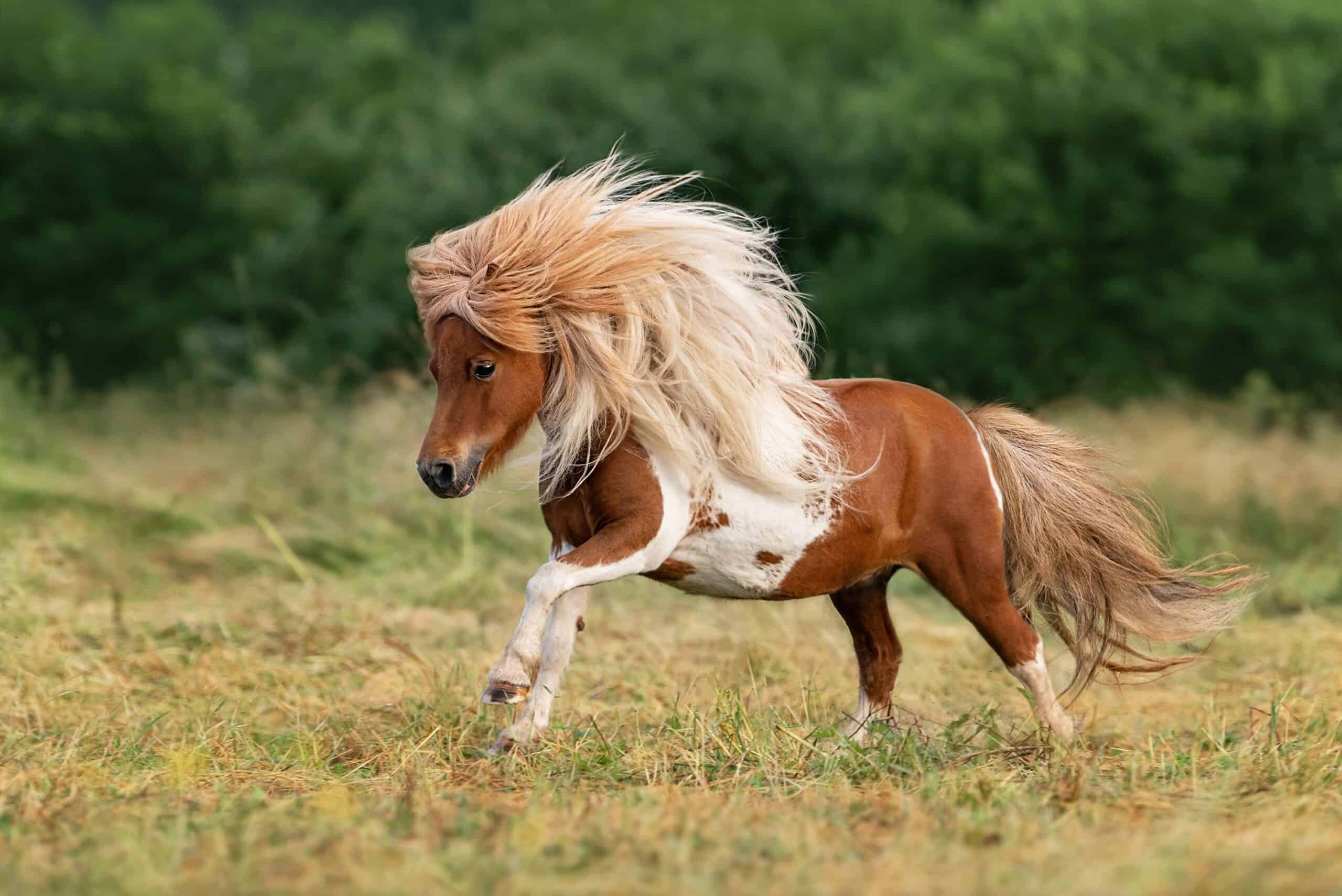
Originating from the Shetland Isles, the Shetland Pony is known for its small size, strength, and hardiness. These ponies are versatile, used for children’s riding, therapeutic purposes, and even light draft work. Despite their popularity, the breed remains of concern due to their limited genetic pool and the challenges of maintaining purebred populations. Conservation efforts aim to preserve their unique characteristics and promote their adaptability to various environments. The Shetland Pony’s resilience and versatility make it a cherished and rare breed. Their friendly nature and ability to thrive in harsh climates further highlight their value and rarity.
Capybara
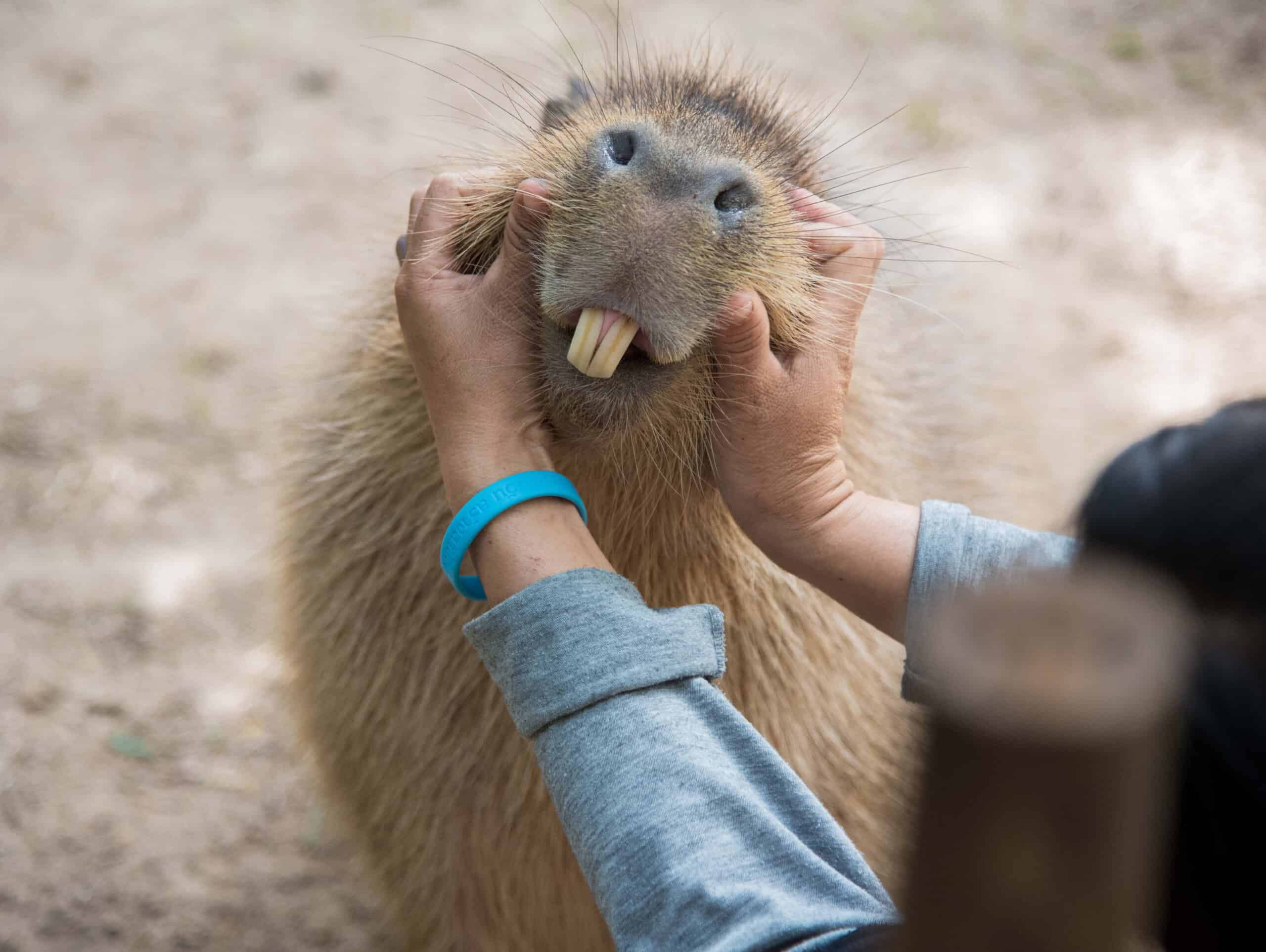
The Capybara, native to South America, is the largest rodent in the world, often referred to as the “water pig” due to its love for aquatic environments. Despite their size, capybaras can be kept as exotic pets, requiring ample space and water to thrive. They are social animals, often living in groups, and have a calm, friendly nature. Conservation efforts focus on protecting their natural habitats and promoting responsible pet ownership. The Capybara’s unique characteristics, such as their semi-aquatic lifestyle and social behavior, make them a fascinating and rare domesticated animal.
Fennec Fox
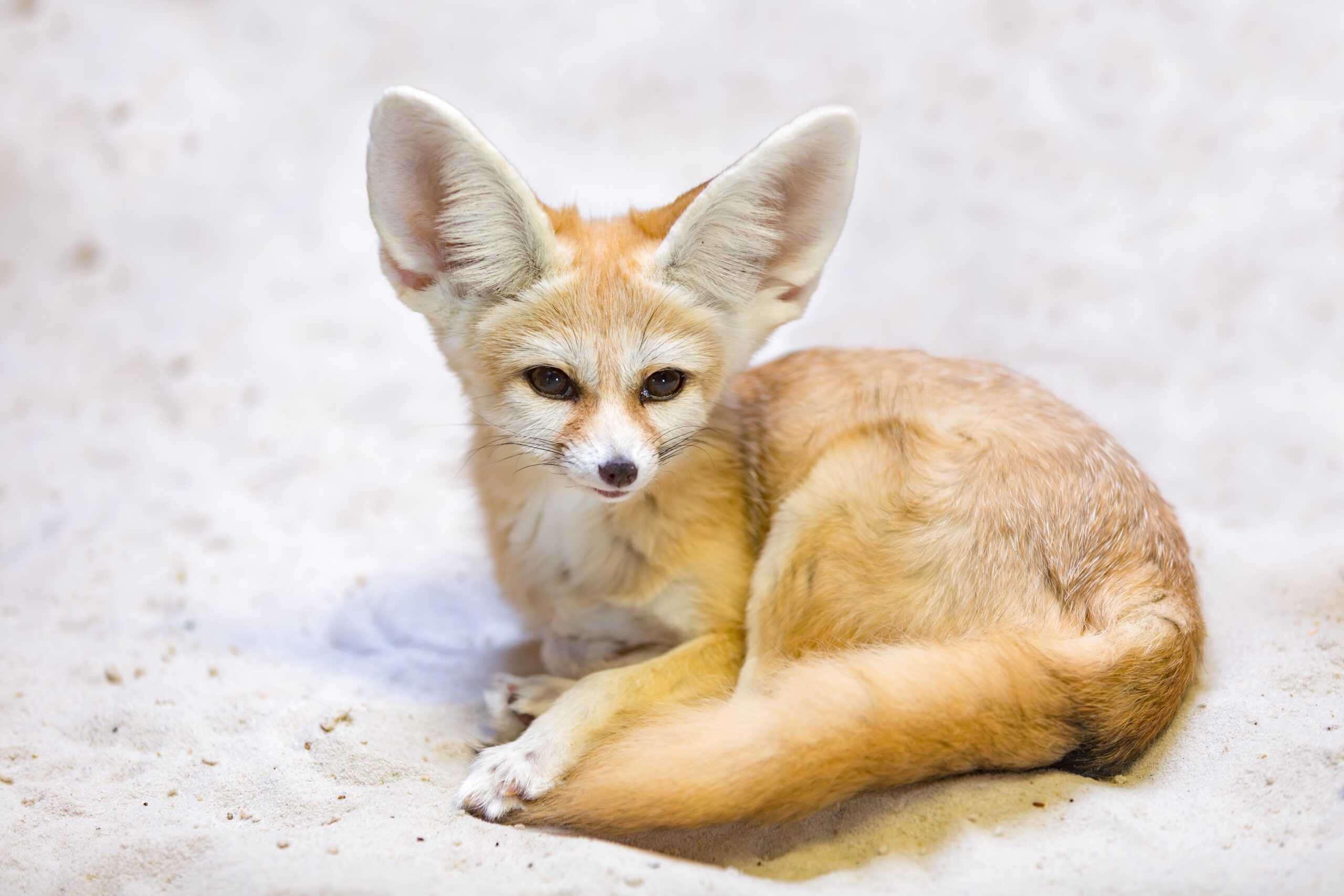
The smallest of all foxes, the Fennec Fox hails from Northern Africa. They are known for their large ears, which help dissipate heat and locate prey. Fennec foxes have a sociable and playful nature, making them popular exotic pets. They require a specific environment that mimics their desert habitat to thrive. Conservation efforts focus on protecting their natural habitats and promoting responsible pet ownership. The Fennec Fox’s distinctive appearance, with its large ears and compact size, and its endearing behavior make it a rare and valued domesticated animal.
Squirrel Monkey
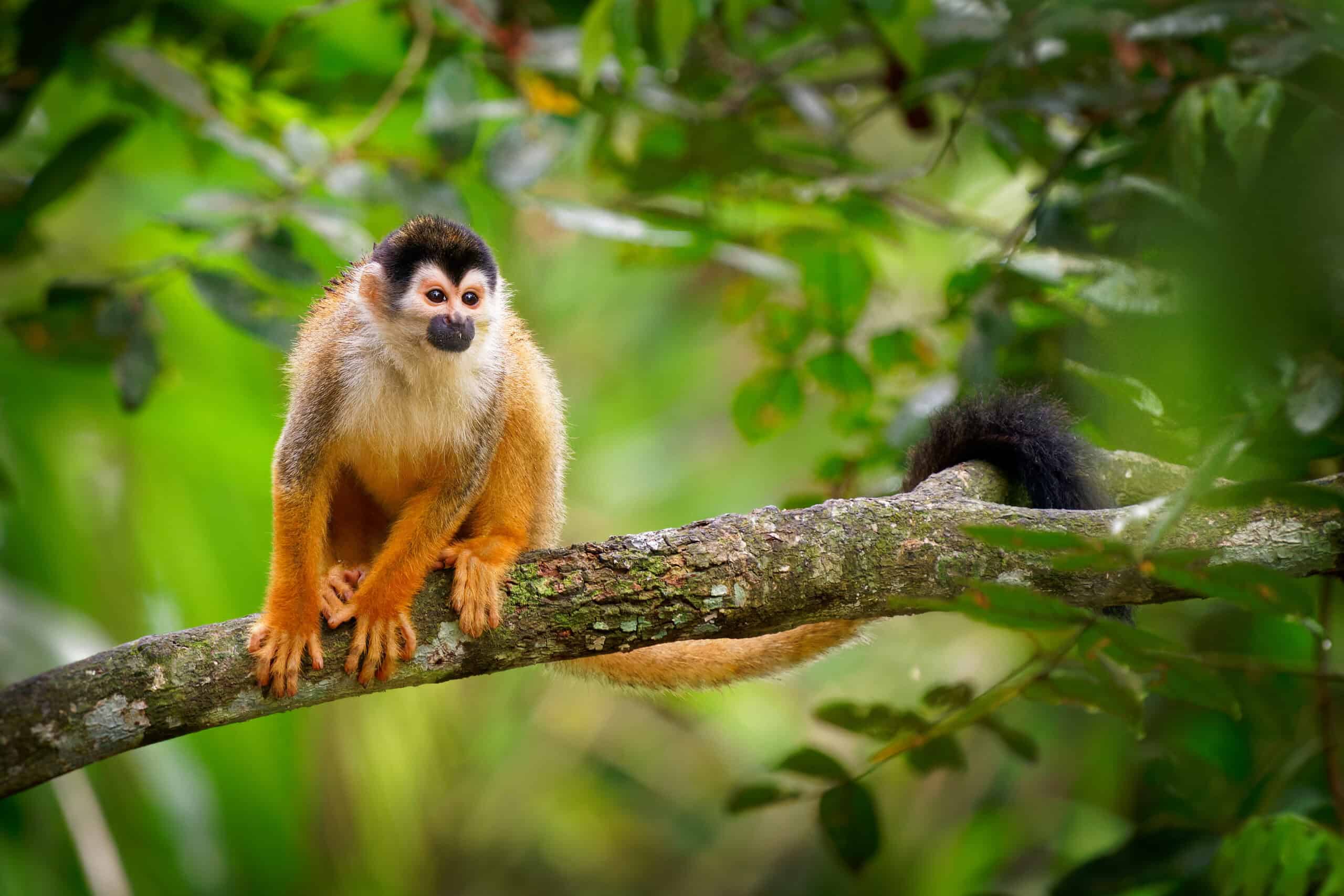
Native to the tropical forests of Central and South America, Squirrel Monkeys are highly intelligent primates with the largest brain-to-body ratio among monkeys. Their social and playful nature makes them fascinating pets, though they require significant care and attention. Squirrel Monkeys are known for their agility and expressive faces. Conservation efforts aim to protect their natural habitats and promote responsible pet ownership. The Squirrel Monkey’s intelligence, lively disposition, and need for social interaction make it a rare and captivating domesticated animal. Their vibrant personalities and complex behaviors further contribute to their uniqueness.
Spotted Genet
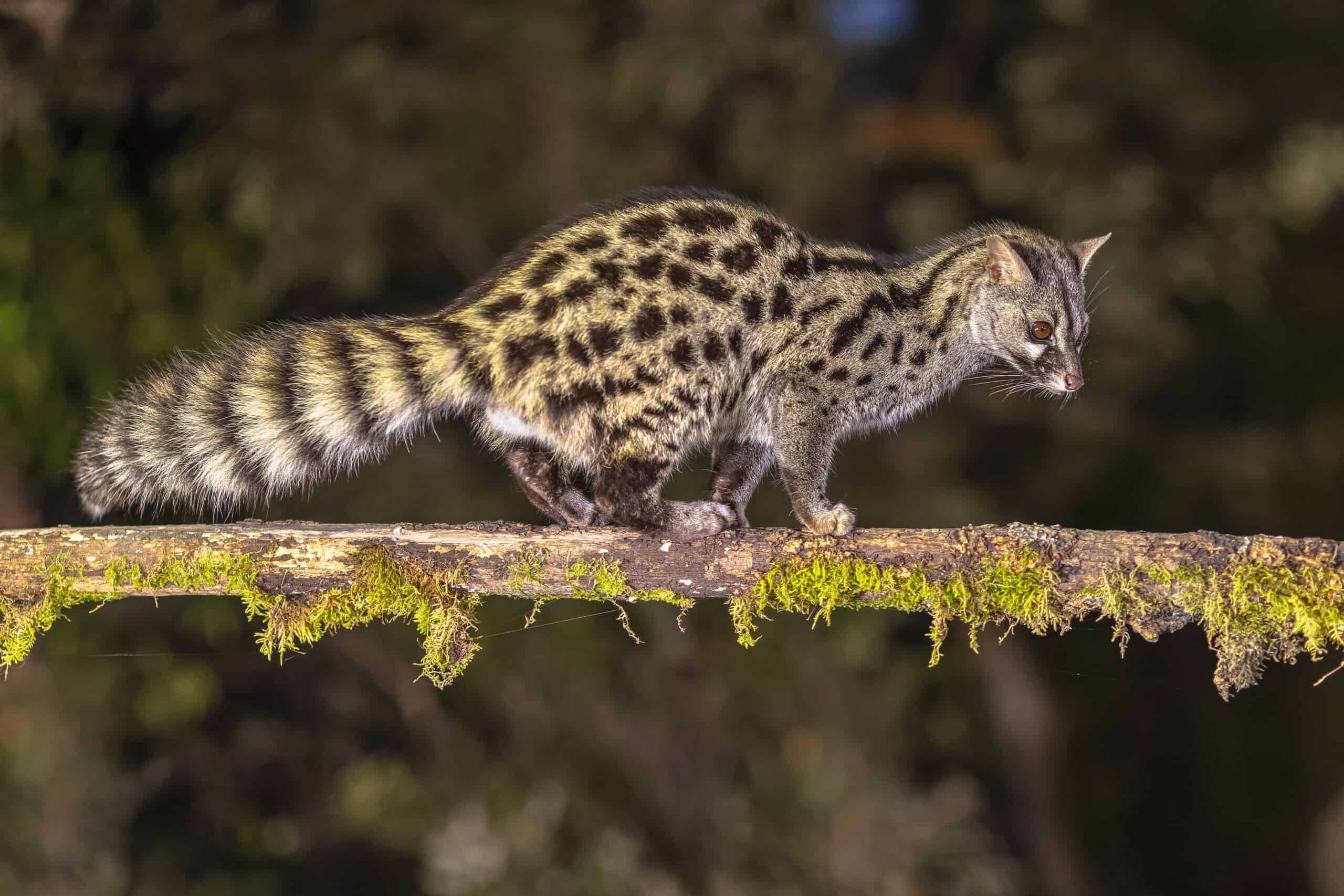
Originating from Africa, the Spotted Genet resembles a cross between a ferret, a cat, and a raccoon. These animals are highly active and independent, making them suitable pets for those who appreciate exotic and solitary animals. Spotted Genets are known for their agility and nocturnal habits. They have a distinctive appearance, with a long, slender body, spotted fur, and a ringed tail. Conservation efforts focus on protecting their natural habitats and ensuring the sustainability of their populations. The Spotted Genet’s unique combination of traits and striking looks make it a rare and intriguing domesticated animal.
Sugar Glider
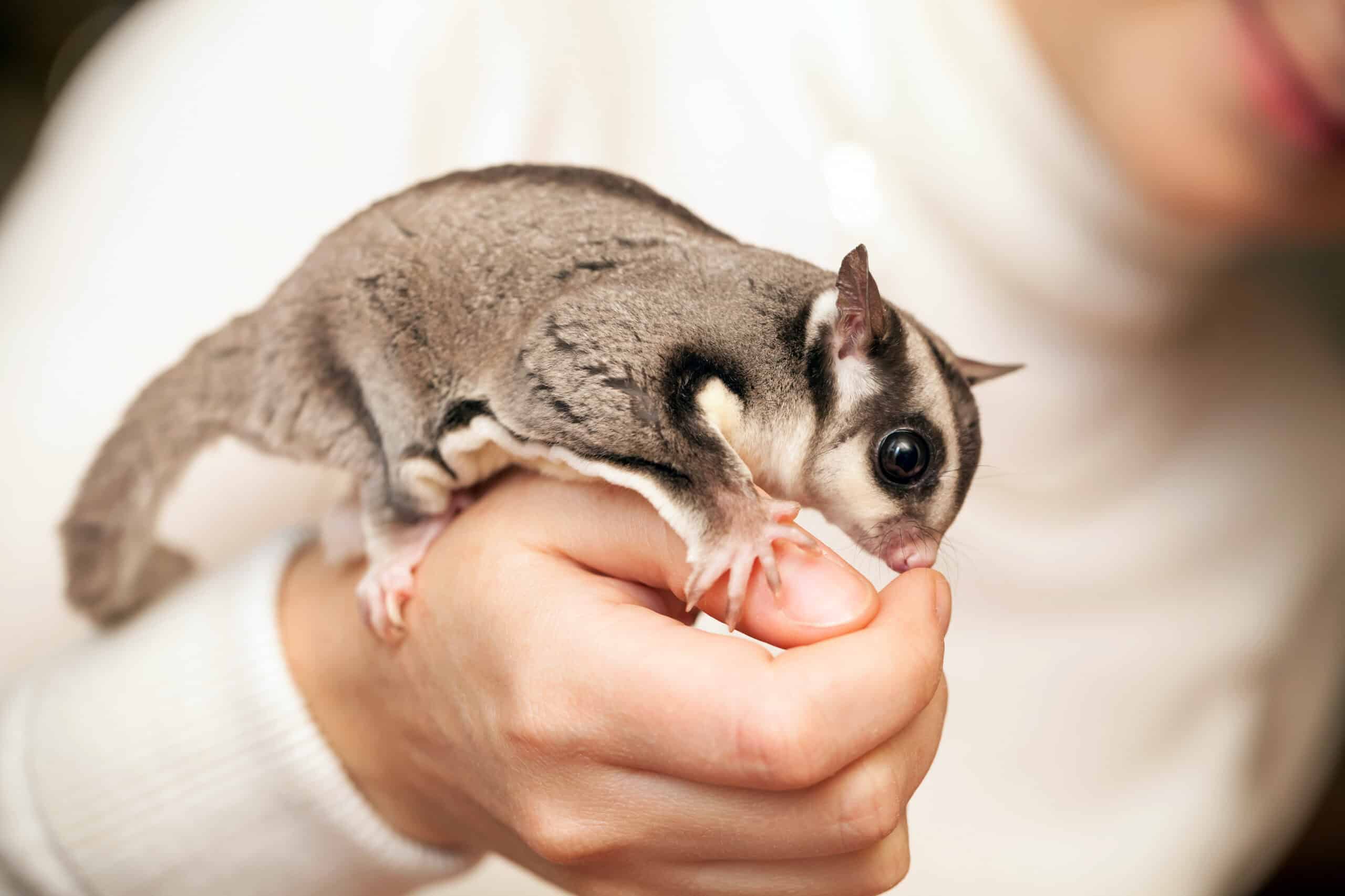
Native to Australia, Sugar Gliders are small marsupials known for their ability to glide between trees. They possess a special membrane that stretches from their front legs to their hind legs, allowing them to glide for short distances. Sugar Gliders are social animals that thrive in pairs or small groups. They require a diet rich in fruits and insects and an environment that simulates their natural habitat. Conservation efforts focus on promoting responsible pet ownership and protecting their natural habitats. The Sugar Glider’s unique gliding ability, social nature, and cute appearance make them a rare and enchanting domesticated animal.
Wallaby
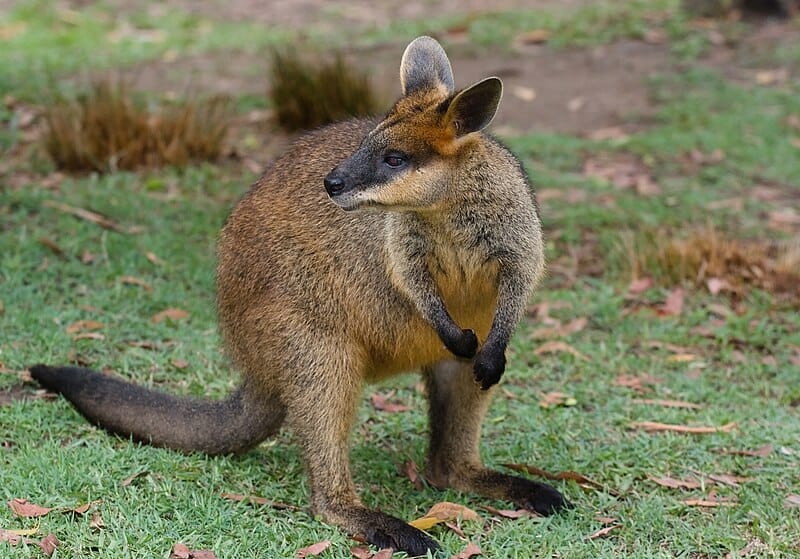
A smaller relative of the kangaroo, Wallabies are native to Australia and are known for their timid and gentle nature. These marsupials require large open spaces and a diet similar to their natural habitat, including grass, leaves, and some fruits. Wallabies are social creatures that do best when kept in pairs or small groups. Conservation efforts focus on protecting their natural habitats and ensuring sustainable populations. The Wallaby’s unique characteristics, including its marsupial pouch and hopping movement, make it a rare and fascinating domesticated animal. Their gentle disposition and social behavior further highlight their appeal and rarity.
This article originally appeared on Rarest.org.
More from Rarest.org
14 Most Prized Classic Firearms for Collectors
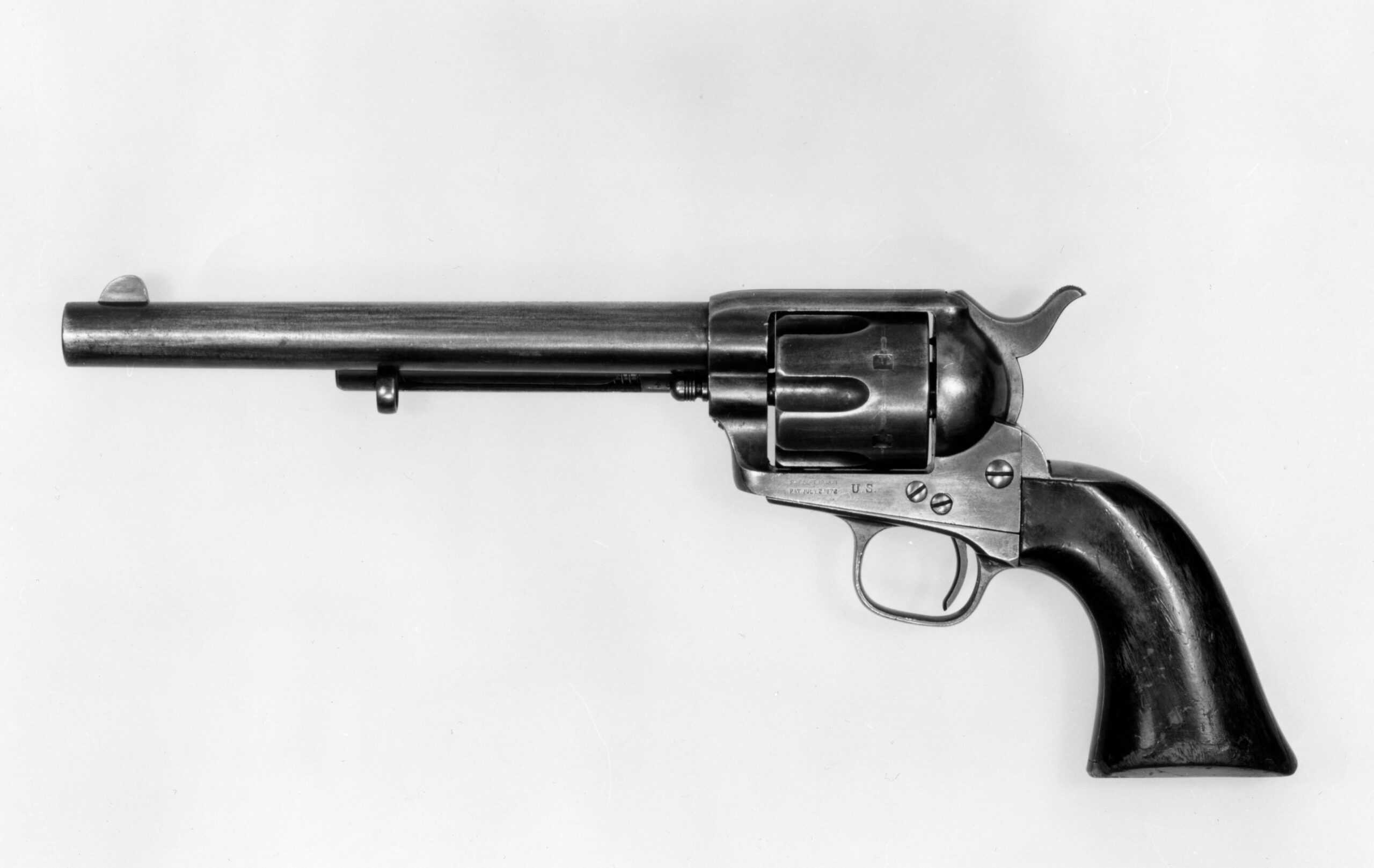
Collecting classic firearms is a passion shared by many enthusiasts worldwide. These historical pieces not only represent significant milestones in firearm development but also hold immense value. Read more.
19 Unique Underwater Shipwrecks with Fascinating Histories

Exploring the depths of the world’s oceans reveals a hidden history through the discovery of shipwrecks, each with its own fascinating tale. From ancient merchant vessels to modern warships, these underwater time capsules offer a glimpse into past civilizations, maritime warfare, and tragic accidents. Read more.
15 Most Sought-After Vintage Motorcycles

Vintage motorcycles hold a special place in the hearts of enthusiasts and collectors, representing a blend of engineering prowess, historical significance, and timeless design. Read more.
